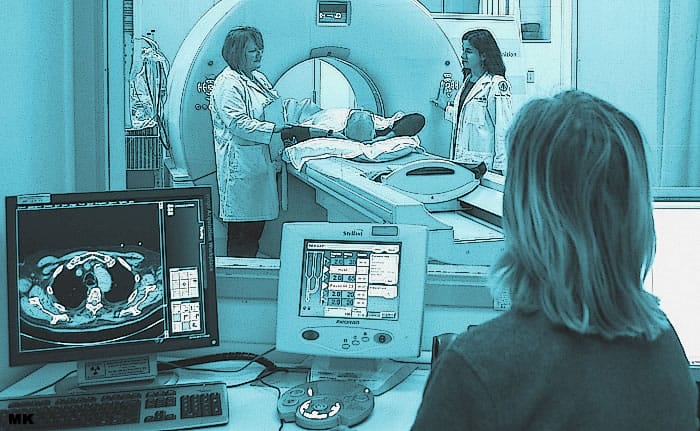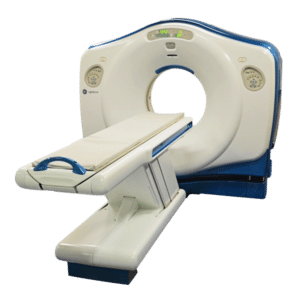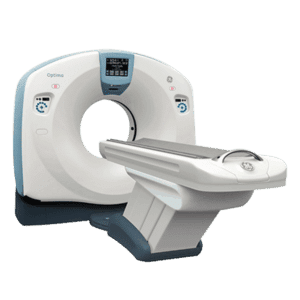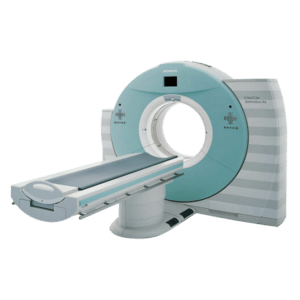Lung cancer has, for years, been a killer because when it’s discovered it’s usually during an advanced stage too difficult to reverse
Just like breast cancer has a high mortality rate that’s been lowered by early detection, so too does lung cancer. Lung cancer has, for years, been a killer simply because when it’s discovered it’s usually during an advanced stage that’s too difficult to reverse. The US Preventive Services Task Force has made the decision to issue a draft recommendation in favor of CT screening for long-term smokers. This decision is a landmark decision that has many positive future ramifications.
According to an article published in auntminnie.com “The recommendation is subject to a month of public comments and then revision before it can be finalized, but it offers most of what screening advocates had asked for, including screening criteria that are a little broader than those used in the major study driving the recommendations: the National Lung Screening Trial (NLST). The NLST in 2011 found a mortality benefit of at least 20% in long-term smokers who underwent annual low-dose CT screening.” Considering the double-digit mortality benefit for long-term smokers, it’s fair to say that this recommendation will garner a great deal of support.

What it Means to the Market
This new measure will mean a lot in many ways. As the CT scan becomes the accepted test for lung cancer screening, chances are that more physicians will become more involved in lung cancer screening. Ultimately the implication means that there are greater opportunities for everyone involved in CT scanning. With a broader and recommended scope, more tests will mean more work for service technicians, sales for dealers, work for people in the refurbished technologies sector, and examples for emerging markets.
What it Means to the Patient
Patient benefit is the ultimate goal of this recommendation. Long-term smokers are the target with a demographic from 55 to 79. While the rules with this recommendation are very specific, they serve a purpose. The purpose is not to over examine patients, or expose them to unsafe levels of radiation, the purpose is to detect a hard to treat condition early in order to beat it early. Yes, the market implications do mean profit in the med tech sector and diagnostic imaging in general, but the ultimate benefit is for the patient. The survival rate for lung cancer is dismal at best so an improvement, any improvement, is a major bright spot.
The Impact
The impact of this decision is a major one that will affect the community in a positive manner. The numbers don’t lie, there are over 200,000 cases diagnosed in the US alone and lung cancer kills just everyone that it affects. According to one of the articles “Almost 90% of those who are diagnosed die from the disease because it isn’t detected until it has reached an advanced stage. By screening those at high risk, lung cancer will be detected at earlier stages, when it is more likely to be treatable, Moyer said. The risk of lung cancer increases with the duration and extent of smoking.” While this is something that has more long term implications than anything else, it’s fair to say the impact is undeniably positive.
Get Started
Request Pricing Today!
We’re here to help! Simply fill out the form to tell us a bit about your project. We’ll contact you to set up a conversation so we can discuss how we can best meet your needs. Thank you for considering us!
Great support & services
Save time and energy
Peace of mind
Risk reduction
Possible Fallout
There will be obvious controversy with this particular development. A lot of people will say they don’t need more bills for imaging procedures, some physicians will say that a 20% mortality benefit is not enough to undergo the expense of a CT scanner, and many will argue that this is a ploy to inflate procedural costs and expenses in general. Unfortunately, there are always going to be detractors in every medical development. It doesn’t matter if the benefit outweighs the detriment, there will be negative aspects.
Ultimate Benefits
This type of recommendation means that there will be a stronger push against smoking and in favor of screening. This type of push will be similar to the push against breast cancer screening. With the US being a leading market for medical technologies, chances are that the BRIC countries will follow, along with emerging markets. The fact is that this particular initiative comes from strong healthcare reform drivers that are looking to minimize invasive and sometimes ineffective procedures through preventive treatment. The numbers of sites that will appear are yet to be seen, and the effects on the diagnostic imaging market are yet to be speculated upon.
Chances are great that the big push for radiation dosage control will gain far greater strength as these scans are low radiation themselves. With low radiation technology gaining FDA clearance, there is a chance that this may well be a big plus for manufacturers looking to advance low radiation technology. The hybrid modality market may also gain a big step if manufacturers decide to try and push something that may specialize in preventative measures for cancer forms treated via early detection.
If you have any questions about CT scanners, please feel free to give us a call. Our team of experts here at Amber Diagnostics is always eager to help guide you from acquisition to service and support. We are always happy to be your one-stop source for the very best in refurbished diagnostic imaging modalities.
Bobby Serros
President/CEO
407.438.7847
bobbys@amberusa.com
References:
http://www.auntminnie.com/index.aspx?sec=sup&sub=cto&pag=dis&itemid=104094&wf=5550
http://www.diagnosticimaging.com/ct/uspstf-recommends-low-dose-ct-lung-cancer-screening



